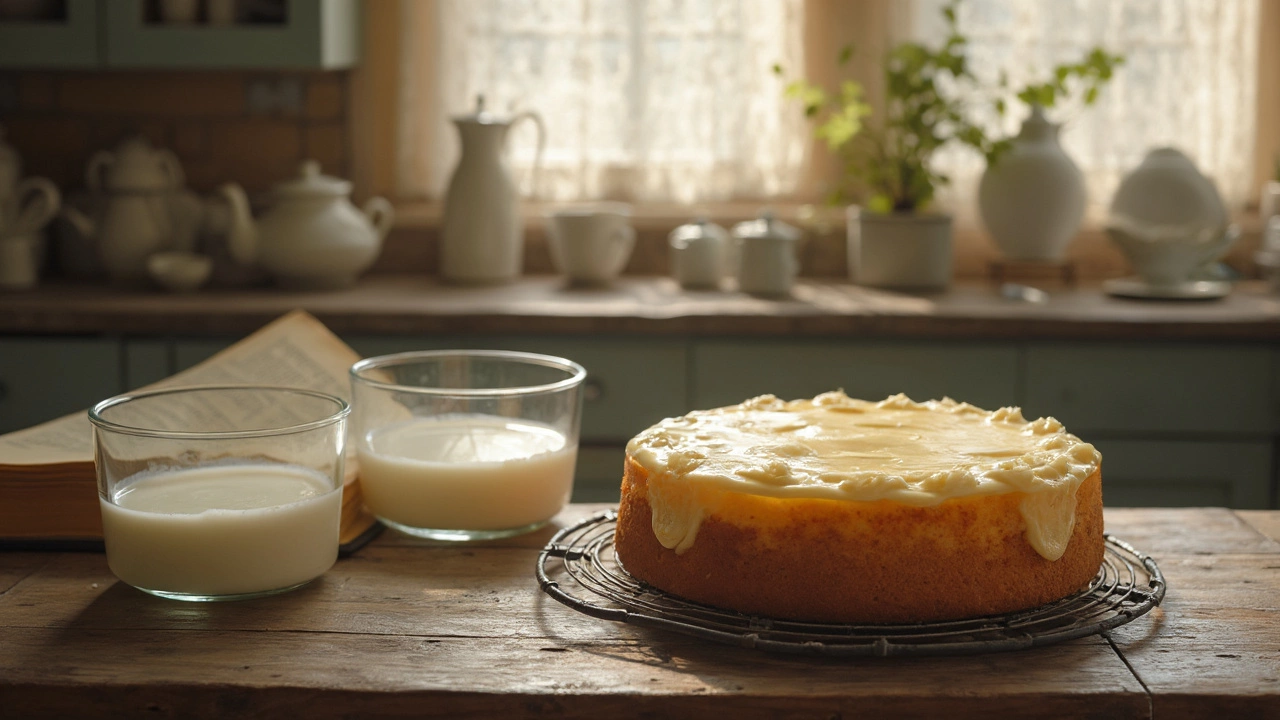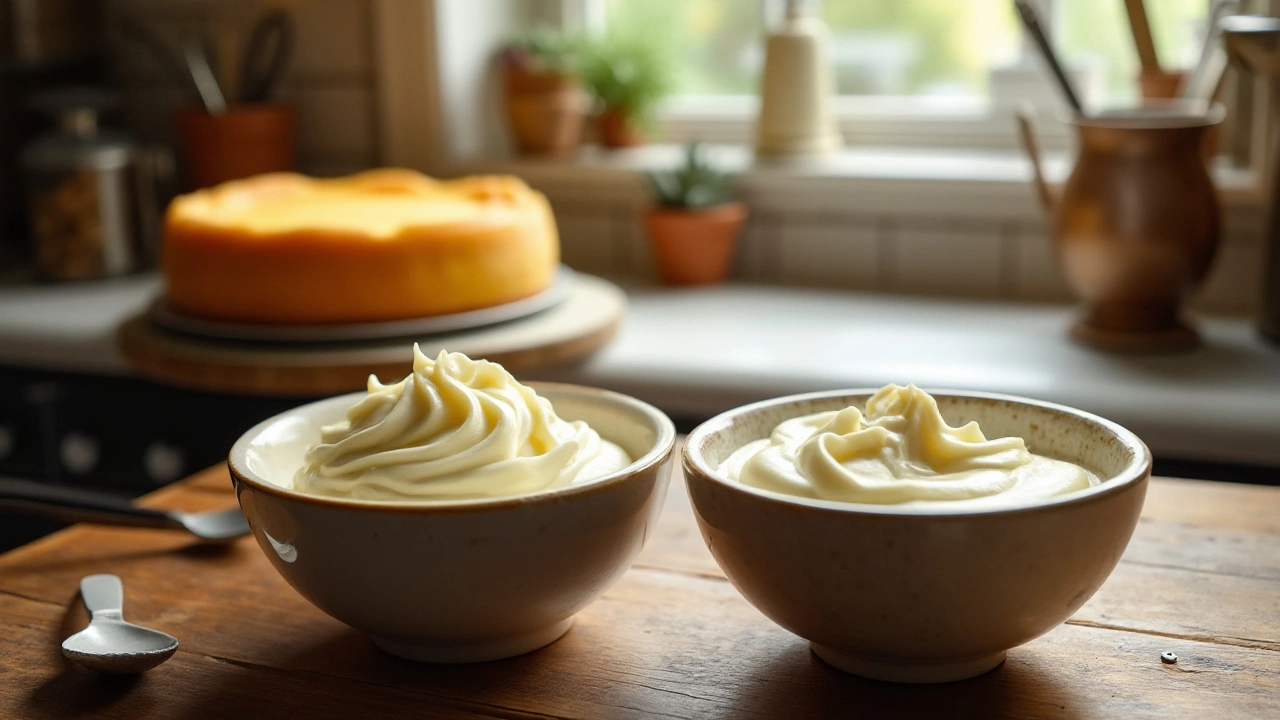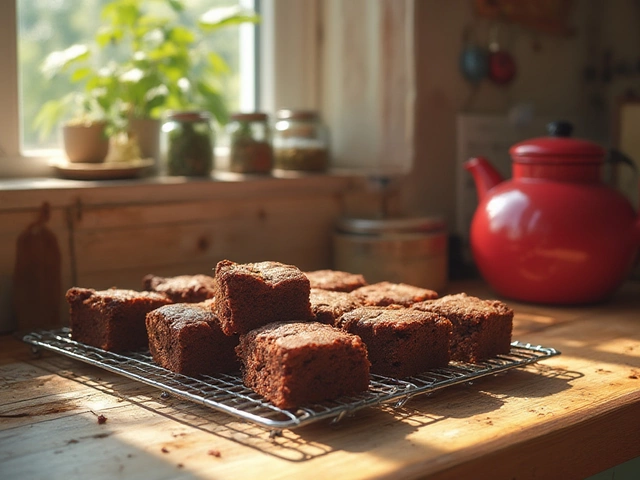Whipping Cream: How to Get Perfect Peaks Every Time
Got a tub of heavy cream and need it fluffy fast? You're in the right spot. Whipping cream is the secret behind airy cakes, smooth frosting, and that dreamy topping on pies. Below you'll find the basics, common hiccups, and a couple of tasty ideas you can try right now.
Choosing and Preparing Your Cream
The first step is picking the right cream. Look for heavy or double cream with at least 35% fat – anything lower will struggle to hold peaks. Skip the low‑fat versions; they barely thicken and make a watery mess.
Cold is your best friend. Chill the cream, the bowl, and the whisk for at least 15 minutes. A warm bowl melts the fat and stops the peaks from forming. If you forget, just pop everything in the freezer for a quick chill.
When you start, use a clean, dry bowl – even a splash of water will stop the cream from whipping. Add a pinch of salt or a teaspoon of sugar if you want sweetened whipped cream. The sugar helps stabilize the foam, but keep it light so the cream stays light.
Now, start beating on medium speed. Once you see the cream get thicker, crank up to high. In about 3‑4 minutes you should reach soft peaks – the cream will barely hold its shape when the whisk lifts.
For firm peaks, keep going a bit longer. Watch closely; over‑whipping turns the cream grainy and eventually into butter. If you see it getting too stiff, stop and add a splash of cold cream to bring it back.
Common Problems and Fixes
Too runny? Make sure the cream is cold enough and has enough fat. Warm cream or a low‑fat label is the usual culprit. Add a bit more cream and keep whipping – the extra fat will help it thicken.
Grainy texture? That means it’s past the perfect peak and is heading toward butter. Quickly whisk in a tablespoon of fresh cold cream and it should smooth out, but don’t rely on this for large batches.
Want it to hold longer? Add a stabilizer. A tablespoon of powdered sugar, a splash of vanilla extract, or a pinch of cream of tartar will keep the peaks from drooping, especially in warm kitchens.
Need a dairy‑free version? Chill chilled coconut cream (the thick part from a can) and whip it with a hand mixer. It won’t be as stiff as dairy cream, but it works well for toppings and frosting.
Store whipped cream in the fridge for up to 24 hours. Keep it covered so it doesn’t absorb other smells. If it starts to soften, give it a quick whisk to revive the peaks.
Now that you’ve mastered the basics, try these quick recipes: a classic vanilla whipped topping for cupcakes, a chocolate‑cocoa whipped cream for brownies, or a citrus‑zest whipped cream for tarts. All you need is some heavy cream, a dash of flavor, and the right technique.
Remember, the key is cold, high‑fat cream and paying attention to the texture as you whip. With a few practice runs you’ll be adding airy clouds to desserts in no time.






